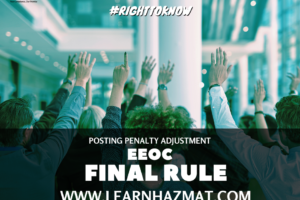Firework Safety
June 26, 2013 | With the Fourth of July right around the corner, we have noted that the holiday not only marks American history but also a tradition of celebrating with fireworks. These spectacular displays always leave crowds cheering and mesmerized at the fire bursting through the air – but it is important to note the safety information behind this celebratory event.
Fireworks are hazards. Each time they are launched, having emergency response personnel and fire crews available to handle any emergency that may occur is a critical part of the safety for the showcase. What exactly makes fireworks a hazard?
Let’s look at the Significant Hazard Class Divisions:
Division 1.1 – Consists of explosives that have a mass explosion hazard
Division 1.2 – Consists of explosives that have a projection hazard, but not a mass explosion hazard
Division 1.3 – Consists of explosives that have a fire hazard and either a minor blast hazard or a minor projection hazard
Division 1.4 – Consists of explosives that present a minor explosion hazard; the explosive effects are largely confined to the package and no projection of fragments of appreciable size
Other Hazard Divisions:
Division 1.5 – Consists of very insensitive explosives. This division is comprised of substances which have a mass explosion hazard but are not so insensitive that there is very little probability of initiation or transition from burning to detonation under normal conditions of transport.
Division 1.6 – Consists of extremely insensitive articles which do not have a mass explosive hazard. This division is comprised of articles which contain only extremely insensitive detonating substances and those demonstrating a negligible probability of accidental initiation or propagation.
We will explore the groupings of these hazard classes in our next post. Check back for updates!



